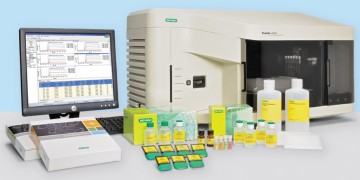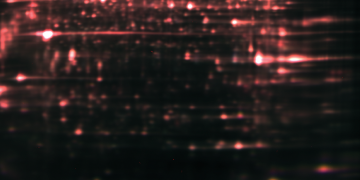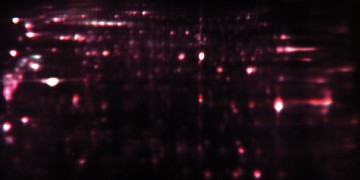
Guide to SPR Data Processing on the ProteOn™ XPR36 System

Guide to SPR Data Analysis on the ProteOn™ XPR36 System

Options for Dataset Export Using the ProteOn Manager™ Software

Using Bio-Rad’s PDQuest Software to Generate a Match Rate between 2-D Electrophoresis and Western Blotting

A Novel Biotinylated Ligand-Capture Method with Surface Regeneration Capability for Label-Free Biomolecular Interaction Analysis

Analyzing Binding Kinetics with Surface Plasmon Resonance Complemented with Direct Mass Spectrometry on the Same Sensor Chip

PDQuest™ Software: Bite-Sized Video Tutorials Make Learning 2-D Analysis Easy

Video Tutorial for Analyzing Binding Interactions with Histidine-Tagged Proteins

Transitioning from Chemiluminescent to Multiplex Fluorescent Blotting: Things to Consider


